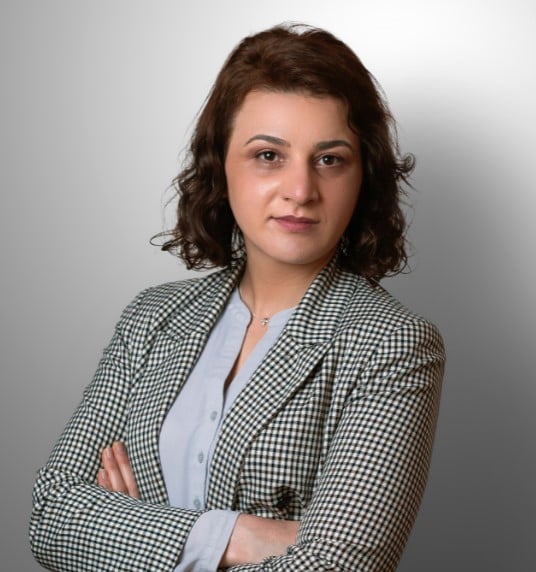Four years since its launch, important changes have been enacted within the universal healthcare programme. The state replaces the universal principle with a targeted approach. Moreover, a medication component has been added to the state healthcare programme.
Since launching the universal healthcare programme, healthcare experts, governmental opposition, NGOs, media and FactCheck as well have been constantly emphasising the ineffectiveness of the programme alongside its excessive spending. Our recommendation was to make the programme more targeted and focused on those people with the least access to healthcare. Providing funds for medicine within the framework of the healthcare programme was also important because more than half of healthcare expenses is spent on medication.
Another recommendation was to have private insurance companies implementing the state healthcare programme. In this case, the state purchases health insurance packages from a private insurance company and, in so doing, faces no financial risk. Statistics of the last years (2014-2016) demonstrate that the state is unable to cap universal healthcare programme expenses. In spite of this, no changes have been made to the universal healthcare programme. The Ministry of Health, Labour and Social Affairs will try to limit expenses through the use of differentiated packages and selective contracting of the hospitals.
Differentiated packages of the universal healthcare system
Since 1 May 2017, Georgian citizens with a higher income level whose annual income exceeds GEL 40,000 cannot use the universal healthcare programme.
Citizens with a medium level income, whose monthly income is more than GEL 1,000 but does not exceed GEL 40,000 annually and do not have private health insurance, can use the limited package of the universal healthcare programme. People in this category (even if they have a private insurance package) still have access to funding for oncologic diseases as well as childbirth/caesarean section.
Low income (less than GEL 1,000) citizens, self-employed individuals and persons with irregular income will retain access to the universal healthcare programme; although, with some limitations. If people in this category purchase a private insurance package, they will be entitled to funds only for urgent and oncologic services together with childbirth/caesarean section.
Socially vulnerable citizens and persons who are registered in the database of socially vulnerable people whose rating points are between 70,000 and 100,000 as well as children from the ages of six to 18 years, teachers and people with limited capabilities will be fully entitled to all of the services provided by the universal healthcare programme. Additionally, they are not restricted from using a private insurance package at the same time.
A medication funding component has been added to the universal healthcare programme
From summer 2017, citizens registered in the database of socially vulnerable families whose rating points do not exceed 100,000 will receive funding for medication for chronic ailments. Namely:
- Medication for chronic heart and cardiovascular diseases
- Medication for chronic lung diseases
- Medication for diabetes (type 2)
- Medication for thyroid diseases
- Enalapril
- Losartan
- Amlodipine
- Metoprolol
- Amiodarone
- Isosorbid Dinitrat
- Varparin
- Clopidogrel
- Digoxin
- Furosemide
- Spironolactone
- Atorvastatin
- Metformin
- Gliclazide
- Glimepiride
- Thiamazole
- Levothyroxine
- Budenoside (inhalation suspension)
- Budenoside (inhalation aerosol)
- Albuterol
- Salmeterol/fluticasone
- Salbutamol
- Tiotropium Bromide
- Methylprednisolone
Tags:







